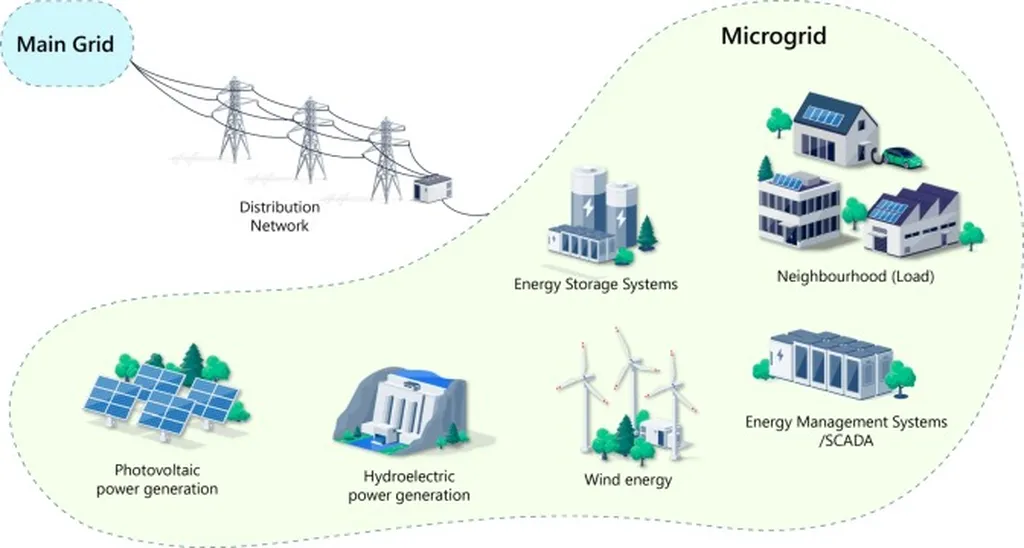In a significant stride towards enhancing power grid safety, researchers have developed a low-power, portable system designed to detect foreign objects entangled in transmission lines and other equipment. This innovation, spearheaded by Yonghuan He from the School of Electronic and Information Engineering at Lanzhou Jiaotong University in China, promises to revolutionize the way power companies monitor and maintain their infrastructure.
The system leverages an improved version of the YOLOv7 algorithm, a state-of-the-art object detection model, to identify potential hazards with high accuracy and efficiency. “The increasing demand for embedded devices in practical applications has led to the development of efficient, lightweight networks as a trend,” He explains. “Our goal was to meet the actual power grid foreign object detection needs with a system that balances detection efficiency and accuracy.”
The research, published in the English-language journal IEEE Access, introduces a parallel module of segmentation and detection, allowing the model to perform instance segmentation while detecting objects. This feature reduces missed detections and increases attention to small objects, which are often overlooked in traditional systems. The model’s lightweight improvements ensure detection efficiency while significantly reducing computational load, making it ideal for deployment on low-power portable embedded devices.
The practical implications for the energy sector are substantial. Foreign objects caught in power grids can pose serious threats, leading to power outages, equipment damage, and even safety hazards. A system that can quickly and accurately detect these objects can prevent costly downtimes and enhance the overall reliability of the power grid. “The experimental results demonstrate that the model proposed has higher detection performance in foreign object detection in power grids,” He notes, highlighting the system’s superior adaptability and inference speed.
The deployment of this model on the Jetson Nano embedded device showcases its practicality and potential for real-world applications. As the energy sector continues to evolve, the need for efficient, reliable, and cost-effective monitoring solutions becomes increasingly critical. This research not only addresses these needs but also paves the way for future developments in the field of power grid safety and maintenance.
In the broader context, this innovation could inspire further advancements in the integration of artificial intelligence and machine learning technologies within the energy sector. As power grids become smarter and more interconnected, the ability to detect and mitigate potential threats in real-time will be paramount. The work of He and his team represents a significant step forward in this direction, offering a glimpse into the future of power grid management and safety.

